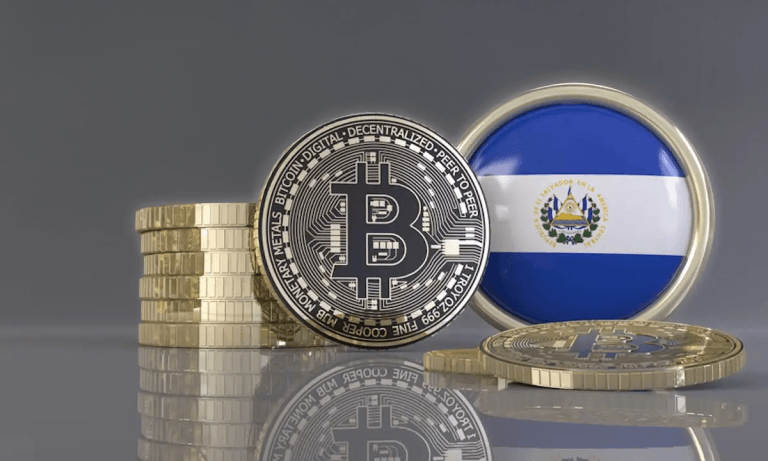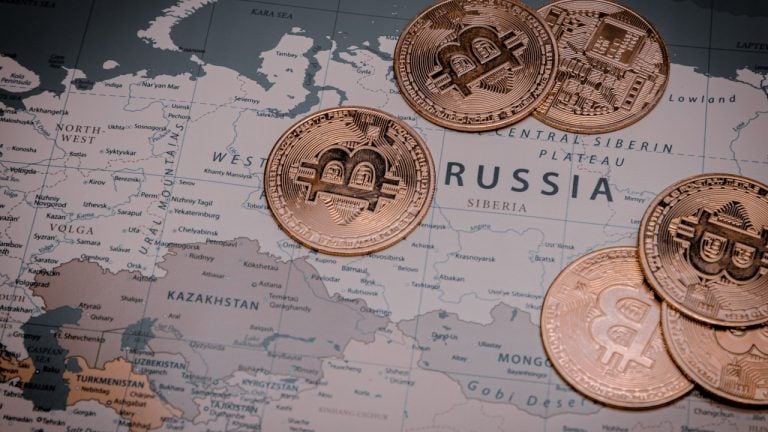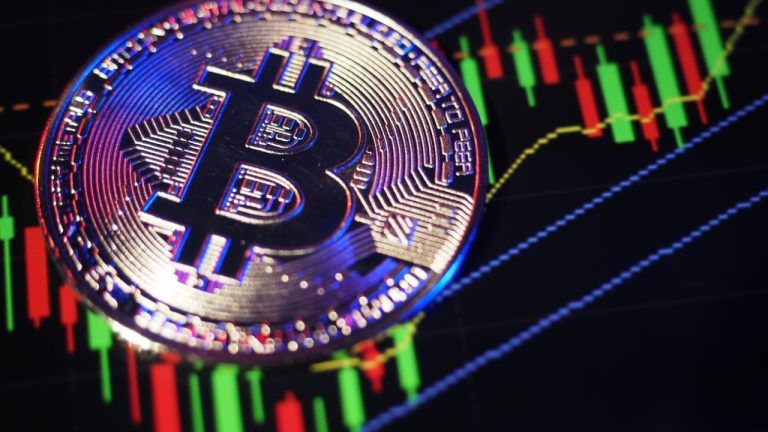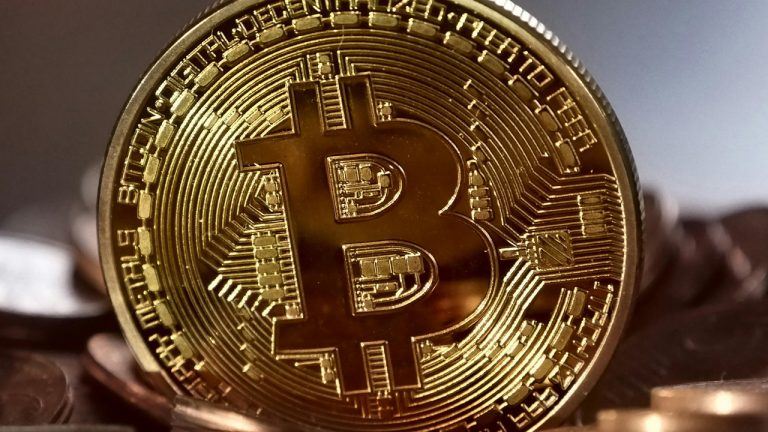2 types of volatility — external volatility (aka market) and implied volatility (aka internal). They are useful factors when understanding your assets.
Factors Beyond Volatility
Volatility is not the only thing you should care about when looking at your (crypto) assets. Also note the other data and factors.
- Micro Economy: Inflation of assets
- Macro Ecosystem: Market Conditions. Market could change and that affects the assets.
- Past Data: Beyond micro and macro markets it's also good to look at historical data to look at past data to get some reference and understanding. Note: Past data does not define future performance
Historical Volatility vs Implied Volatility
There are two types of volatility. One is the market volatility and the other is implied volatility. In a very simple way it's basically historical volatility and future volatility.
Historical volatility: It is based on past data and on all the information that is already given.
Future volatility: It is based on people's expectations of the assets and here you calculate based on how people pay for the expected assets.
Higher Volatility = Higher Risk
The general notion about volatility is that higher volatility = high risk.
Sometimes it is called educated gambling or educated speculation but it's not always true. The general notion of higher volatility means that the price will move more and when the prices move more, higher risk will be experienced. But it really depends on the trading strategy because that will help to mitigate different risks as when you have something with high volatility you can do something else to try and offset the risk or try to reduce that risk.
What is Market Volatility?
It's a statistical measure of how "spread" is the value from the middle average. More spread (like a pancake) means higher volatility. Less spread (like a mountain) means lower volatilty.
- Uses Past Data: It's historical volatility or using past data to get some understanding of where the asset is right now.
- Fluctuation of Returns: It is the fluctuation (movement) of the returns of the prices of the assets. It is measured by measuring the spread of the returns so you can think of it as two bell curves. One bell curve is flat so almost like a very low middle line and it spreads out very widely like a pancake. You have another bell curve like the Mount Everest so it has a very high peak and everything is very narrow towards the peak.
[link] [comments]

You can get bonuses upto $100 FREE BONUS when you:
💰 Install these recommended apps:
💲 SocialGood - 100% Crypto Back on Everyday Shopping
💲 xPortal - The DeFi For The Next Billion
💲 CryptoTab Browser - Lightweight, fast, and ready to mine!
💰 Register on these recommended exchanges:
🟡 Binance🟡 Bitfinex🟡 Bitmart🟡 Bittrex🟡 Bitget
🟡 CoinEx🟡 Crypto.com🟡 Gate.io🟡 Huobi🟡 Kucoin.




















Comments